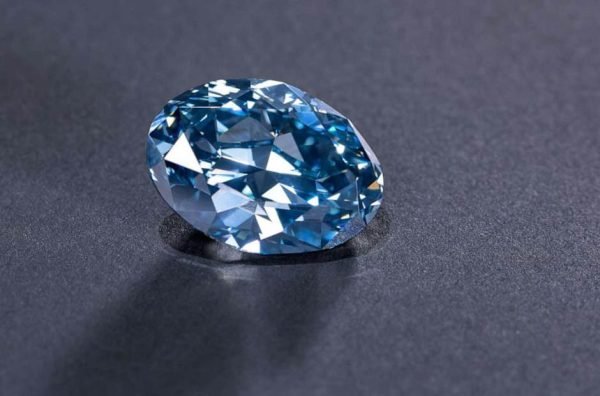Table of Contents
Lab-Grown Diamonds
Diamonds are a symbol of love and luxury and have traditionally been mined from the earth. However, in recent years, lab-grown diamonds have become an increasingly popular alternative to mined diamonds. Lab-grown diamonds like these are chemically and physically identical to their mined counterparts but can be produced in a fraction of the time for a fraction of the cost. In this article, we will explore what lab-grown diamonds are, as well as provide an overview of their many benefits.
Definition
Lab-grown diamonds (sometimes referred to as “cultured” or “synthetic”) are real diamonds that are created in a laboratory setting by utilizing advanced technology such as high-pressure high-temperature (HPHT) or chemical vapor deposition (CVD). Lab-grown diamonds share all the same physical properties as those found naturally in nature – they possess the same hardness and durability that make them so desirable for jewelry applications.
The primary benefit to purchasing lab-grown diamond jewelry is economic – they cost significantly less than naturally formed diamond jewelry due to their shorter production process. Additionally, because they do not require mining or extraction from the earth’s surface there is also no damage.
Properties and Characteristics
The physical structure and composition of a material, as well as its optical properties, are two important characteristics that can significantly affect its performance in certain applications. This article will discuss the properties and characteristics of physical structure and composition, as well as optical properties.
Physical Structure and Composition
The physical structure of a material is determined by its atomic arrangement and chemical bonding. A material’s microscopic structure affects its macroscopic properties, such as strength, toughness, ductility, electrical conductivity, thermal conductivity, etc. The composition of the material influences how it behaves when under stress or subjected to other external forces such as heat or electricity. For example, metals tend to be strong but brittle while plastics are weaker but more flexible.
A material’s structure also affects how it interacts with light waves; this is known as the optical property of the material. The size and shape of particles within a sample may influence how light refracts (bends) off them causing different colors to be seen in the sample’s surface depending on what angle it is viewed from – this phenomenon is known as ‘iridescence’.

Manufacturing Processes for Lab-Grown Diamonds
Lab-grown diamonds are a new and exciting option for gemstone lovers around the world. These diamonds have been created in laboratories, rather than mined from the earth, and offer an affordable alternative to traditionally mined diamonds. As technology continues to advance, so too do the available manufacturing processes for creating these lab-grown gems. Two of the most popular methods used today are Chemical Vapor Deposition (CVD) and High-Pressure High Temperature (HPHT).
The Chemical Vapor Deposition process utilizes a combination of gases that is heated to over 800 degrees Celsius in order to create carbon atoms that form diamond crystals. This method is often used for creating high-quality gemstones with excellent clarity as well as larger stones such as those found in engagement rings or other jewelry pieces. The process takes place in an enclosed chamber which can be monitored and adjusted during production to ensure consistent results each time.
Comparison of Lab-Grown Diamonds to Natural Diamonds
What are Lab-Grown Diamonds?
Lab-grown diamonds, also known as man-made or synthetic diamonds, are chemically and physically identical to natural diamonds. They are created in a laboratory using advanced technology that mimics the conditions of natural diamond formation deep within the earth’s mantle.
Comparison of Quality and Value Considerations:
When comparing lab-grown diamonds to natural diamonds, it is important to consider quality and value considerations. In terms of quality, lab-grown diamonds have a uniform molecular structure which creates a higher clarity than natural diamonds since they do not contain inclusions or blemishes. Furthermore, since they are produced under controlled conditions, the color can be more consistent than with natural stones. In terms of value considerations, lab-grown diamond prices tend to range from 20-30% lower than their naturally formed counterparts due to their production process being less labor intensive and therefore less expensive overall.
Environmental Impact Considerations:
When considering environmental impact comparisons between lab-grown and natural diamond production processes it is important to note that both have different impacts on the environment. Natural diamond mining involves large-scale excavation projects which can lead to soil erosion and displacement of local populations who rely on that land for subsistence living.
Conclusion
In conclusion, lab-grown diamonds offer a unique and sustainable alternative to mined diamonds. Lab-grown diamonds have the same physical, chemical, and optical properties as mined diamonds, while also being much more affordable. They are an eco-friendly option that is sure to become increasingly popular as technology continues to improve.





